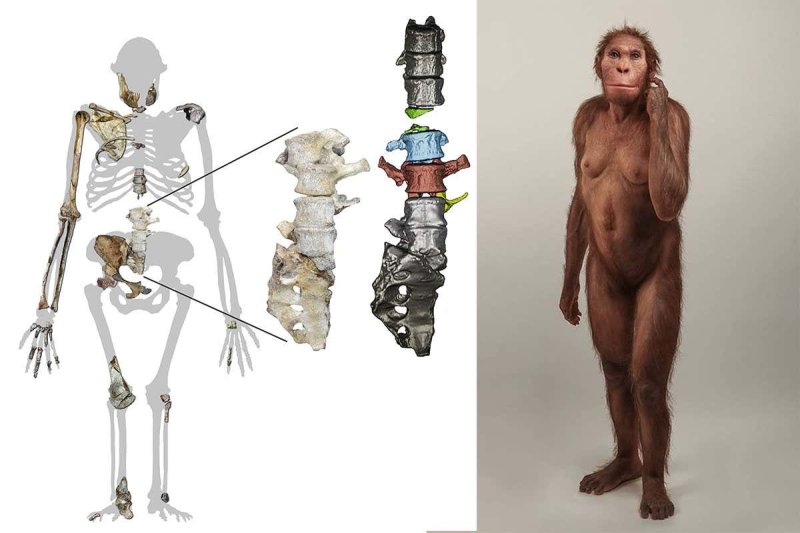Early hominins used their upper limbs to climb like apes and their lower limbs to walk like humans, according to new fossil evidence.
In 2015, mining excavations in Malapa, South Africa, revealed fossil vertebrae trapped in cement-like rock called breccia. Analysis revealed the vertebrae to be two million years old, from the lower back of a female Australopithecus sediba, a relative of modern humans first discovered at the same site in 2008.
Together with previously discovered vertebrae, these fossils form one of the most complete lower backs in the early hominid fossil record, giving us insight into the movements of our ancient cousin.
“The lumbar region is critical to understanding the nature of bipedalism in our earliest ancestors and to understanding how well adapted they were to walking on two legs,” says lead author Scott Williams, a paleoanthropologist from New York University, US, and Wits University in South Africa.
This means that A. sediba was a transitional form of ancient humans, existing in the space between when hominins spent their entire lives in the trees and when hominins swung down to the ground and began to walk on two legs full time.































